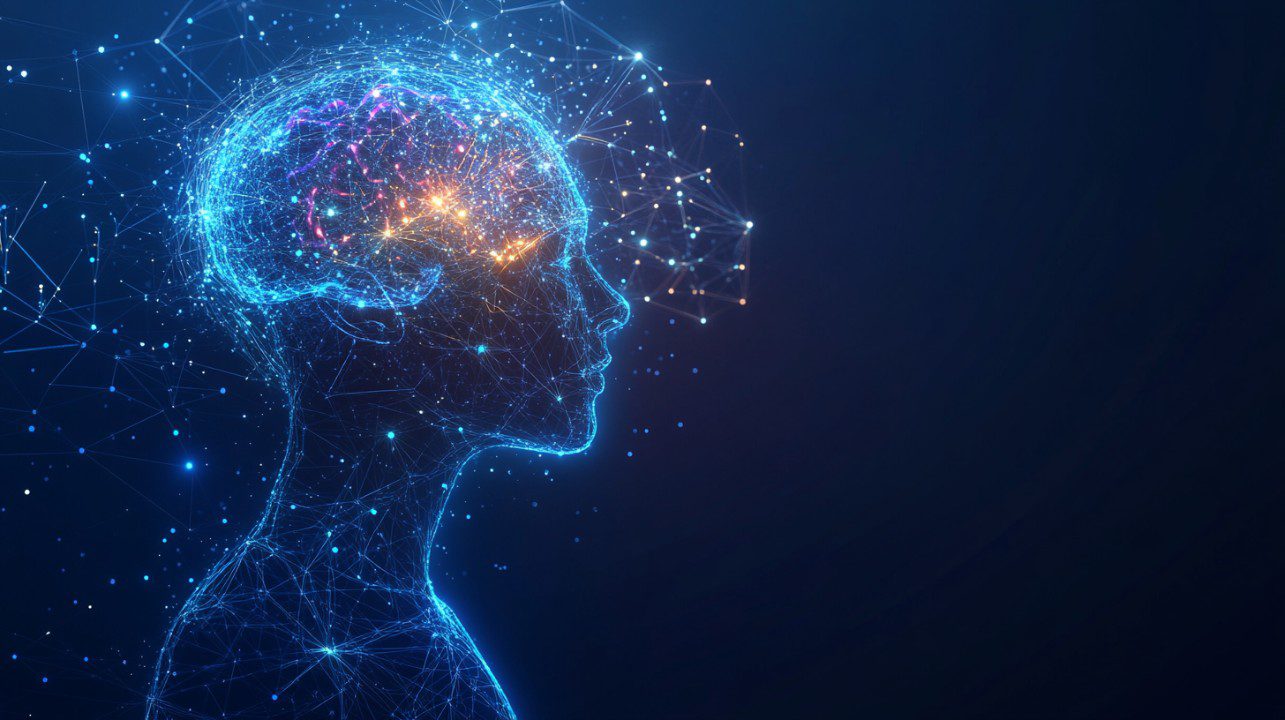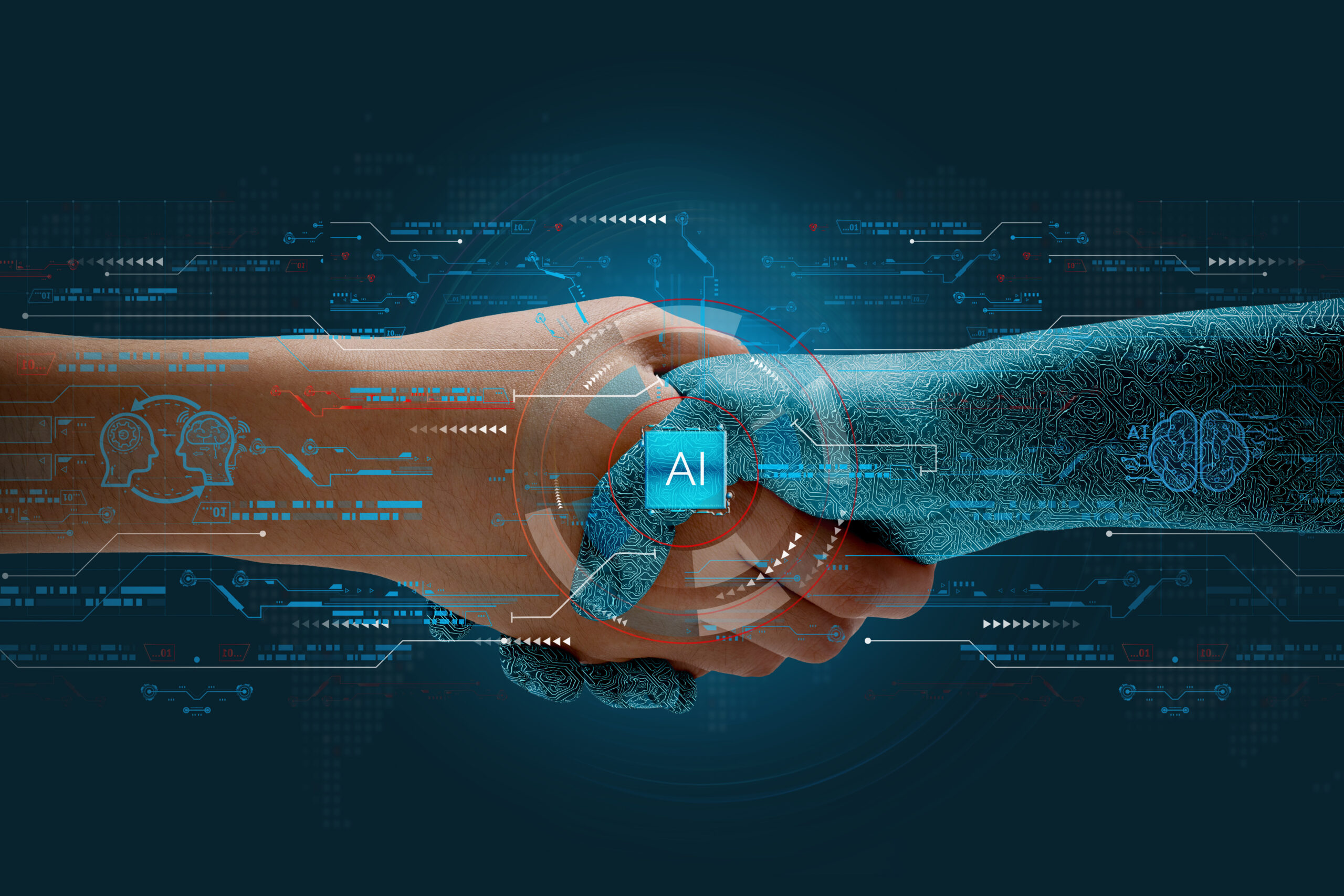The Future of Artificial Intelligence
The Future of Artificial Intelligence
A comprehensive analysis of AI's technological evolution, societal impact, economic transformation, and regulatory landscape in 2025

Executive Summary
By 2025, Artificial Intelligence has reached an inflection point characterized by significant technological advancements, particularly in Large Language Models and generative AI, leading to widespread applications across diverse industries. These advancements bring profound societal and ethical implications, including workforce transformation, heightened concerns about bias, fairness, and privacy, and complex public perception shaped by both AI's potential and its risks.
Economically, AI is driving substantial market growth and investment, with high adoption rates and promising returns on investment, fundamentally transforming business operations and boosting productivity. Concurrently, policy and regulatory developments, exemplified by the EU AI Act and national strategies from major powers like the US and China, are shaping the global AI governance landscape, aiming to balance innovation with responsible development and international cooperation.
1. Technological Advancements in AI
Evolution of Large Language Models
The landscape of Large Language Models has seen rapid evolution post-2023, with Google's Gemini series emerging as a formidable competitor to OpenAI's GPT-4 and anticipated GPT-5. Google's Gemini 2.5 Pro is considered at least as capable as GPT-4 on most academic and coding benchmarks, and potentially superior in multimodal tasks.
Key Differentiators:
- • Native multimodal capabilities handling audio and video
- • Extended context windows (reportedly 1 million tokens)
- • "Thinking model" approach influencing industry trends
Generative AI Capabilities
Generative AI has witnessed explosive growth since 2023, moving beyond text generation to encompass image, video, audio, and code creation. The launch of ChatGPT in November 2022 marked a significant milestone, bringing generative AI to widespread public attention.
Pika 1.0, Stable Video Diffusion
Amazon, Canva AI tools
Accelerating development
TensorFlow, SageMaker, AzureML
AI Applications Across Diverse Industries
Healthcare
MIT and Mass General Hospital developed a deep-learning model capable of evaluating lung cancer risk based on CT scans, enabling earlier detection and treatment.
Finance & Business
Over 60% of enterprise SaaS products now feature embedded AI capabilities, with companies investing in AI "copilots" across marketing, finance, legal, and HR departments.
Education & Creative
AI chatbots are becoming more human-like and widely used in education, while creative fields leverage AI for content generation across text, images, and video formats.
2. Societal and Ethical Implications
Workforce Transformation
The integration of AI into the workforce is precipitating significant shifts in the employment landscape. A 2023 report from Goldman Sachs estimated that AI could impact 300 million jobs globally due to automation.
Employment Impact Data
New Opportunities
Despite displacement concerns, AI is creating new job categories and augmenting existing ones. The World Economic Forum projects that AI will create 11 million new jobs while displacing 9 million between 2025 and 2030.
Fastest-Growing Technical Skills
- • AI and big data
- • Network and cybersecurity
- • Technological literacy
Growing Cognitive Skills
- • Creativity and innovation
- • Resilience and flexibility
- • Lifelong learning
AI Ethics: Bias, Fairness, and Privacy
Algorithmic Bias Challenges
Early AI ethics focused on algorithmic bias and fairness, identifying how biased training data could lead to discriminatory outcomes in areas like hiring, lending, and criminal justice.
Critical Concern: AI systems used in hiring have faced scrutiny for potentially discriminating against certain demographic groups if trained on historical data reflecting past biases.
Transparency & Explainability
The "black box" problem remains a critical challenge. As AI makes more consequential decisions, understanding how those decisions are reached becomes essential for accountability and trust.
Solution Approach: Development of "explainable AI" (XAI) techniques that provide local interpretations for individual predictions and global approaches to reveal model behavior.
Public Trust and Perception
Trust Building Factors
Transparency
62% of consumers would place greater trust in companies with transparent AI interactions
Privacy Protection
71% unwilling to compromise privacy for AI benefits
Ethical Design
Focus on eliminating biases and ensuring fairness
3. Economic and Business Trends
Market Growth and Investment
2030 Projection
$1.81T
CAGR: 35.9%
Market Growth Drivers
- Increasing enterprise adoption
- Rise in consumer AI interactions
- Public sector integration
- Cost optimization potential
- New revenue stream creation
- Competitive pressure
Adoption Rates and ROI
Generative AI Adoption
Business Transformation
Productivity Gains by Sector
Success Stories
Klarna
Reduced customer support volume by 66% using AI assistant
IBM
Achieved $3.5 billion in productivity gains since January 2023
Siemens
25% reduction in power outages, saving $750M annually
4. Policy and Regulatory Developments
The EU AI Act
Landmark Legislation
Entered into force: August 1, 2024
The EU AI Act represents a comprehensive legal framework for AI systems, adopting a risk-based approach with phased rollout schedules for its provisions.
Prohibited AI Practices
- • Social scoring systems
- • Manipulative AI
- • Unacceptable risk applications
Fines: Up to €35M or 7% of global turnover
GPAI Model Requirements
- • Technical documentation
- • Copyright compliance
- • Training data transparency
Fines: Up to €15M or 3% of global turnover
Implementation Timeline
National AI Strategies

United States
"America's AI Action Plan" details over 90 federal actions aimed at accelerating AI innovation and asserting international leadership through deregulation and private sector support.

China
The "AI Global Governance Action Plan" positions AI as a "global public good" with 13-point roadmap emphasizing international cooperation and UN-aligned safety standards.
Investment Comparison
China AI Investment 2025
$98B
($56B public sector)
Domestic AI Industry
$84B
(April 2025 valuation)
International Governance
Competing Visions
China's Multilateral Approach
- UN-aligned safety standards within 12 months
- AI as "global public good"
- Shanghai as global AI governance hub
- Global South partnership focus
US Allied Cooperation
- American technology stack export
- Counter Chinese influence in governance bodies
- Open-weight model promotion
- Tightened export controls on advanced AI
Looking Forward
As we advance through 2025, Artificial Intelligence stands at a critical juncture. The convergence of rapid technological advancement, significant economic investment, complex societal implications, and evolving regulatory frameworks creates both unprecedented opportunities and profound challenges.
The path forward requires balancing innovation with responsibility, ensuring that AI development aligns with human values while harnessing its transformative potential for global benefit. Success will depend on continued collaboration between technologists, policymakers, businesses, and civil society to create an AI ecosystem that is both powerful and trustworthy.

Comments
Post a Comment